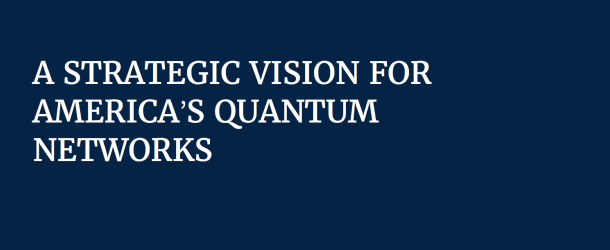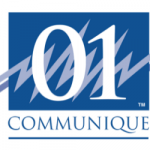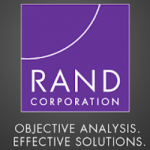White House: A Strategic Vision for America’s Quantum Networks

(WhiteHouse.gov) The White House National Quantum Coordination Officehas released “A Strategic Vision for America’s Quantum Networks”earlier this year. Click here to review the complete document.
This strategic vision is driven by the National Quantum Initiative Act (NQIA),signed into law by President Trump in December 2018, to accelerate QIS R&D through increased federal investment and coordination. The strategy was developed through the NQIA’scoordinating bodies, the National Quantum Coordination Office (NQCO) and the National Science and Technology Council’s Subcommittee on Quantum Information Science (SCQIS)and reflects deep community input fromSCQIS request for information responses of 2018-2019 and from recent workshops hosted by Federal agencies.
Over the past year, as called for by the NQIA, The White House established the National Quantum Coordination Office to unify Federal R&D activities across government, and the National Quantum Initiative Advisory Committee to ensure perspectives from the quantum community inform Federal efforts. Additionally, to implement the NQIA, the National Science Foundation announced the Quantum Leap Challenge Institutes3solicitation to explore foundational quantum science and technology, and the Department of Energy (DOE) announced funding for the creation of new QIS research centers4where researchers from DOE’s National Labs will join with experts from academia and the private sector to advance R&D. This builds upon the robust QIS research programs, centers and consortia at other agencies including National Institute for Standards and Technology, the Department of Defense, the National Security Agency, and NASA.
This document focuses on BUILDING THE FOUNDATIONS FOR NETWORKING QUANTUM DEVICES:
Quantum networking uses the quantum properties of light and information to enable secure communication, new sensing modalities, and enhanced quantum computation. Research in this area will ensure continued advances in fundamental science and enable innovative applications of quantum devices to improve the Nation’s economy and security.
The report recommends pursuing the following activities, commensurate with our growing understanding of their relevance to useful quantum networking and other quantum technology:
–Technology and platform development for key components including classical sources, quantum-limited detectors, ultra-low loss interconnects, space-to-ground connections, and classicalnetworking and cybersecurity protocols and scaling costs;
–Transduction of quantum sources and signals from optical and telecom regimes to quantum computer-relevant domains, including microwaves;
–Entanglement and hyper-entangled state generation, and transmission, control, and measurement of quantum states;
–Development of quantum memories and small-scale quantum computers that are compatible with photon-based quantum bits in the optical or telecom wavelengths;
–Exploration of novel algorithms and applications forlong-range entanglement between small-scale and large-scale quantum processors, including quantum error correction, quantum cloud computing protocols, and new quantum sensing modalities;
–Exploration of techniques for both terrestrial and space-based entanglement distribution.























